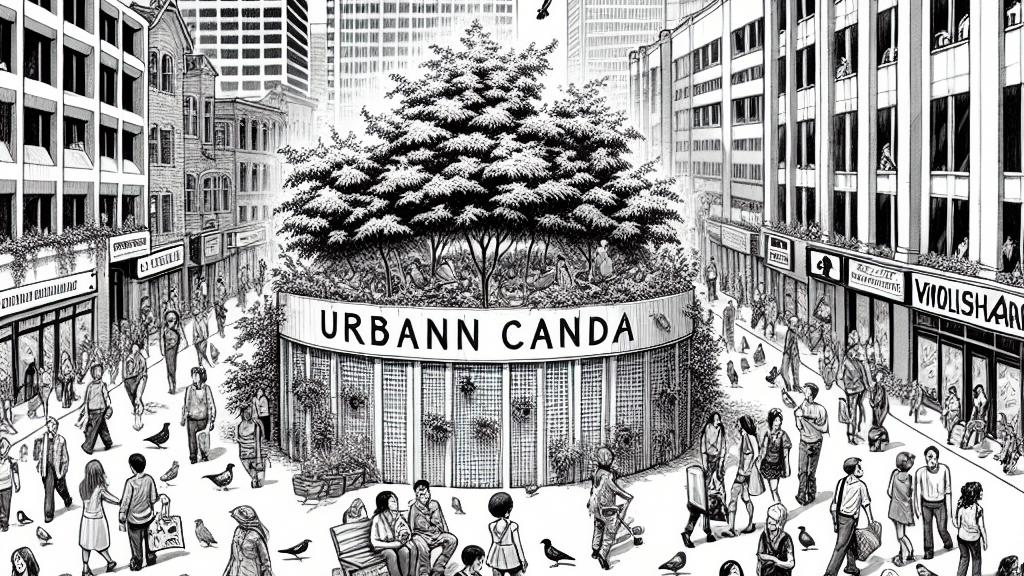The Role of Biodiversity in Promoting Urban Well-being
Overview
- Diverse bird and tree populations are essential for enhancing urban mental health.
- Cities must prioritize the integration of nature to combat biodiversity loss and climate change.
- Access to vibrant natural spaces significantly boosts the quality of life for city residents.

Understanding the Urban Context
In the bustling urban centers of Canada, where more than 70% of the population resides, the mental health challenges are becoming increasingly concerning. With nearly one in eight Canadians grappling with mood, anxiety, or substance abuse disorders, there is an urgent need for effective interventions. Recent research unveils a fascinating connection: neighborhoods rich in bird and tree diversity are linked to improved mental well-being. Imagine enjoying your morning coffee surrounded by a chorus of songbirds; this simple experience can correlate with a 7% increase in self-reported mental health. Moreover, neighborhoods adorned with a variety of trees see a 5% boost in overall well-being. Clearly, urban planners have a golden opportunity to infuse these natural elements into city designs, fostering healthier, happier communities.
Nature's Benefits for Mental Health
Interacting with nature is not just a luxury; it is a crucial component of mental health. Engaging with diverse green spaces has been shown to significantly diminish stress and enhance mood. For example, one compelling study found that neighborhoods boasting a high diversity of birds could see reduced rates of anxiety disorders and enhanced life satisfaction. Furthermore, a growing body of evidence reveals that exposure to trees decreases feelings of loneliness and elevates overall happiness. Think of children playing joyfully in parks shaded by trees or the peaceful experience of walking through a forest—both scenarios demonstrate the profound psychological benefits tied to nature. These revelations emphasize that increasing biodiversity within urban environments is not merely an aesthetic enhancement; it is a critical public health necessity.
A Vision for Future Cities
Looking forward, the concept of 'BiodiverCities' should become a foundational principle in urban development. As cities contribute significantly to biodiversity loss and environmental degradation, they also hold the potential for profound positive transformation. By rejuvenating urban areas with parks, gardens, and green corridors, city leaders can create vibrant habitats for both flora and fauna, while also improving the health of their citizens. For instance, innovative initiatives like Melbourne's tree love letters exemplify how community engagement with nature fosters emotional connections. By encouraging residents to appreciate and protect their natural surroundings, cities can cultivate not only sustainability but also a sense of belonging and pride. Ultimately, this vision is not just about aesthetics or ecology; it revolves around creating livable, resilient urban spaces where people can thrive alongside nature.

Loading...